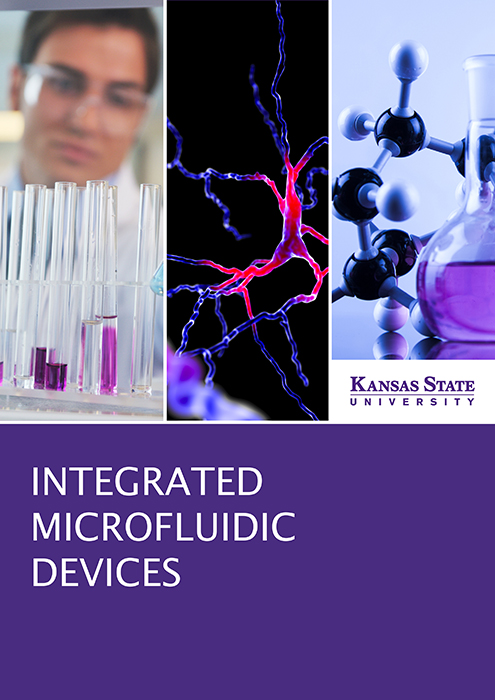In this in-depth piece of chemistry analysis from Kansas State University, we find out that integrated microfluidic devices have become very versatile tools for biological and biomedical investigations
Importantly, we learn that devices capable of single-cell analysis (SCA) have proven useful in the study of the aetiology of several chronic diseases, including cardiovascular disease, neurodegenerative diseases and cancers. We also find out that the Culbertson and Bossmann research groups at Kansas State University have been developing automated SCA microfluidic devices that have focused on the minimisation of peripheral equipment in terms of footprint, as well as cost.
More recently, we find out that efforts have been directed toward maximising the capabilities of the optical detection system: “by integrating a multi-mode optical fibre (MMF) to enable simultaneous detection at two points of interest within the device.”
Dr Stefan H. Bossmann and Dr Christopher T. Culbertson, Professors of Chemistry at Kansas State University underline what needs to be done when it comes to drug development and the burgeoning field of personalised medicine: “It is crucial to rapidly and comprehensively study the effects of drugs on cells and cellular processes.” It is, therefore, the ambition of the authors that their device can be used in the future for such purposes.
Advancing basic chemical research
Finally, in a very special piece of bonus content here, we are very honoured to include insight from Carol Bessel and Melissa Olson from National Science Foundation’s Division of Chemistry (CHE), who reveal the organisation’s goal of advancing basic chemical research while also developing a globally competitive workforce.


